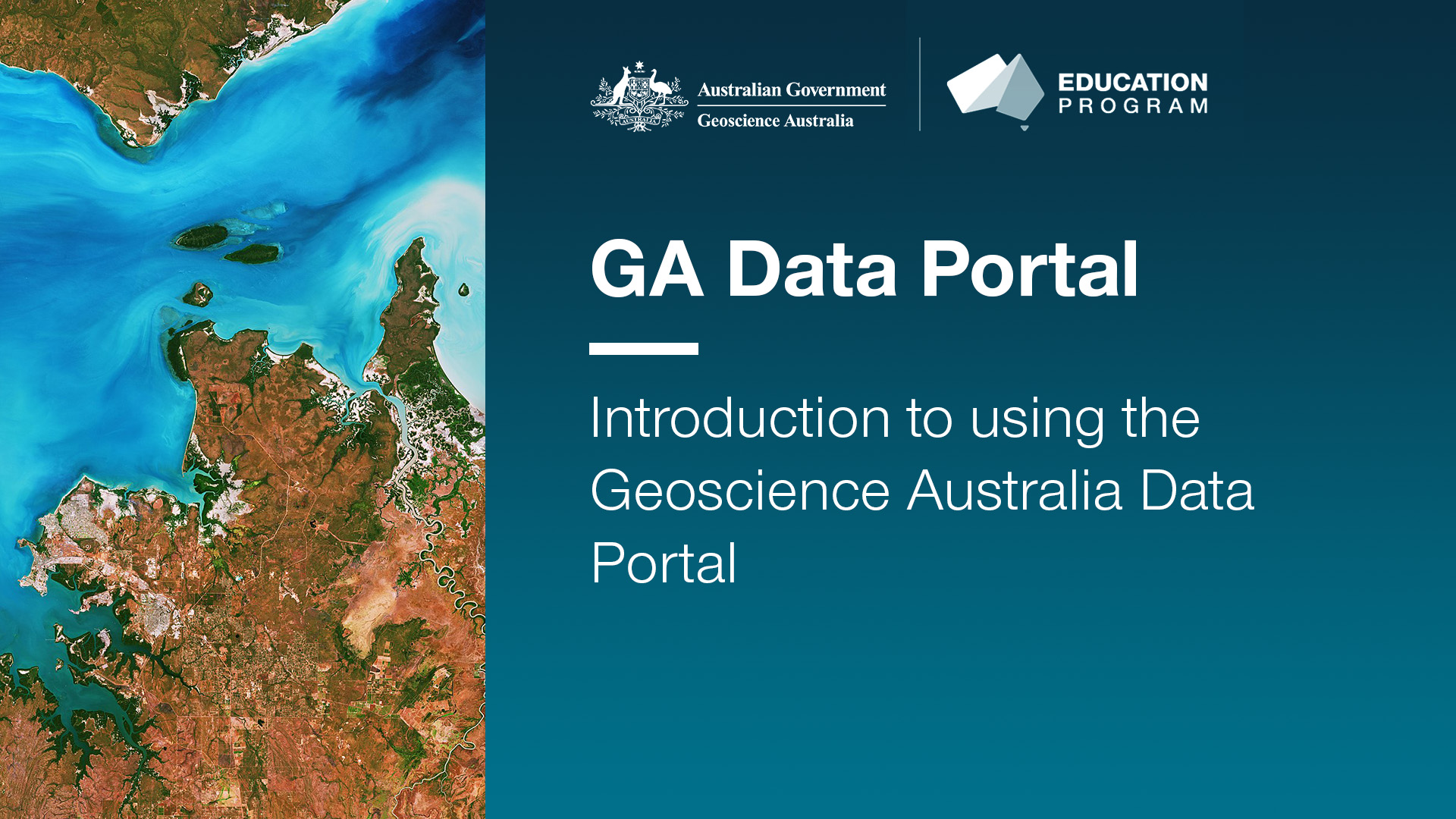3D models
Type of resources
Keywords
Publication year
Topics
-
<div><strong>Output Type:</strong> Exploring for the Future Extended Abstract</div><div><br></div><div><strong>Short abstract: </strong>Australia is the driest inhabited continent on Earth and relies heavily on groundwater to support communities, industries, ecosystems and cultural values. Despite groundwater resources transcending state and territory boundaries, each jurisdiction operates under different legislative frameworks, policies and water management approaches, and accordingly coordination between jurisdictions is crucial to achieving the common goal of water security. Improving the alignment of water strategies between states and territories requires a national coordination of data collation with common standards and integration of subsurface geology, using a consistent and up-to-date 3D hydrogeological framework for better understanding of groundwater systems and flow pathways at regional to national scales. Despite ever increasing data availability in each jurisdiction there is a lack of comprehensive knowledge regarding cross-jurisdictional sedimentary architecture, aquifer extents and hydraulic connections. Geoscience Australia, through the Exploring for the Future program, is developing a consistent national chronostratigraphic framework to underpin the development of 3D (hydro)geological models which can be used to standardise hydrogeological classifications, update borehole stratigraphy and provide a basis for integrating diverse geoscientific datasets. By collaborating with jurisdictions to harmonise 3D geology nationally through correlation with the geological time scale, aquifer boundaries can be updated and shared with other collaborators such as the Bureau of Meteorology to ensure that national groundwater datasets are updated with the latest geological knowledge. This chronostratigraphic method is suitable for sedimentary basins and provides a consistent platform to support effective resource assessment and management, infrastructure planning, and environmental impact assessment at regional and national scales.</div><div><br></div><div><strong>Citation: </strong>Rollet, N., Vizy, J., Norton, C.J., Hannaford, C., McPherson, A., Symington, N., Evans, T., Nation, E., Peljo, M., Bishop, C., Boronkay, A., Ahmad, Z., Szczepaniak, M., Bradshaw, B., Wilford, J., Wong, S., Bonnardot, M.A. & Hope, J., 2024. Developing a 3D hydrogeological framework for Australia. In: Czarnota, K. (ed.) Exploring for the Future: Extended Abstracts, Geoscience Australia, Canberra, https://doi.org/10.26186/149418 </div>
-
<div>These videos provide tutorials on how to use the Geoscience Australia Data portal in the classroom. They include a guide for basic navigation, how to load 2D map data sets (elevation, surface geology and critical minerals) as well as accessing a 3D data model (earthquakes). Additionally, they demonstrate how to directly compare multiple data and how to share collated data through a shareable link.</div><div>Videos included:</div><div>- Introduction to using the Geoscience Australia Data Portal (2:15)</div><div>- How to access elevation, surface geology and critical minerals data in the Geoscience Australia Data Portal (4:26)</div><div>- How to view the global distribution of earthquakes using the Geoscience Australia Data Portal (2:51)</div><div><br></div><div>These videos are suitable for use by secondary students and adults.</div>

